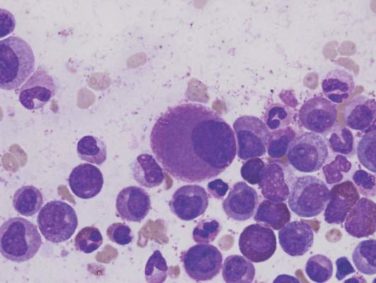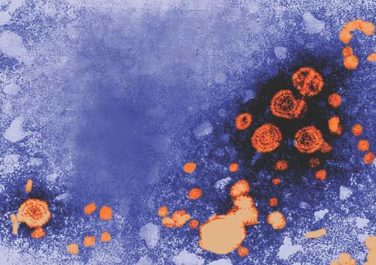FROM CELLULAR AND MOLECULAR GASTROENTEROLOGY AND HEPATOLOGY
Whole exome sequencing of an infant who died at 5 months of severe protein-losing enteropathy has revealed a rare mutation in the plasmalemma vesicle–associated protein gene.
The infant, who was from consanguineous parents, presented at 8 days of age with secretory diarrhea, metabolic acidosis, lethargy, poor feeding, and severe hyponatremia causing seizures, then developed hematochezia a day later.
Laboratory tests showed undetectable albumin that did not respond to repeated infusions, but there was no evidence of proteinuria, according to a report published online May 13 in Cellular and Molecular Gastroenterology and Hepatology (doi:10.1016/j.jcmgh.2015.05.001).
“Over the next 2 months of life, he developed enteroviral and rhinoviral upper respiratory tract infections,” wrote Dr. Abdul Elkadri of the Hospital for Sick Children, Toronto, and colleagues.
“He persistently had severe anasarca and was found to have venous thrombosis in multiple locations.”
At 5 months, the infant developed sepsis, which resulted in multiorgan failure and death.
Researchers performed whole exome sequencing on samples obtained on two separate occasions during endoscopic investigation for severe protein-losing enteropathy, and used samples from patients with gastrointestinal symptoms but normal endoscopy and histology as controls.
Sequencing identified a homozygous nonsense mutation (1072C>T; p.Arg358*) in the plasmalemma vesicle–associated protein gene (PLVAP); an extremely rare mutation that has only been identified in one heterozygote individual from more than 121,000 sequenced.
“PLVAP is a cationic, integral membrane glycoprotein that is specifically expressed in endothelial cells,” the authors wrote.
“PLVAP forms homodimers and plays a critical role in the formation of the diaphragms of caveolae and fenestrae/transendothelial channels [and] PLVAP positive diaphragms of fenestrated capillaries are essential for the maintenance of blood composition.”
When the researchers examined the patient’s biopsies under electron microscope, they found a complete absence of the fenestrae and caveolae of endothelial cells of all the capillaries in the duodenum villi examined.
They also observed tissue edema, endothelial thickening, and extracellular lipid deposition that were previously reported in PLVAP knockout mice.
“These data suggested that the truncated mutant PLVAP was either not expressed or was incapable of forming diaphragms.”
The authors said this was the first human PLVAP mutation resulting in severe, fatal sieving hypoproteinemia and enteropathy.
“Deletion of fenestral diaphragms causes leakage of plasma proteins into the interstitium of organs provided with fenestrated capillaries (intestine, pancreas, adrenals) and from there into the peritoneal cavity and into the intestine lumen, but not in organs with continuous endothelium (heart, muscle, lung),” they wrote.
The patient also had severely depleted plasma proteins, which the authors suggested occurred because of the loss of fenestral diaphragms in the intestine.
Two broad categories of protein-losing enteropathies have previously been described – the mucosal injury observed with inflammatory bowel disease, and abnormalities of the lymphatic system observed in primary intestinal lymphangiectasia.
However, there has been growing interest in possible genetic causes of these severe intestinal conditions, and causative genetic defects have yet to be identified in many infants with severe intestinal disease, including protein-losing enteropathy.
“Further work in animals modeling the human PLVAP mutation should shed light on the molecular mechanism of PLVAP downregulation, as well as the molecular mechanisms resulting in epithelial barrier disruption prompting interventional strategies.”
No conflicts of interest were declared.




